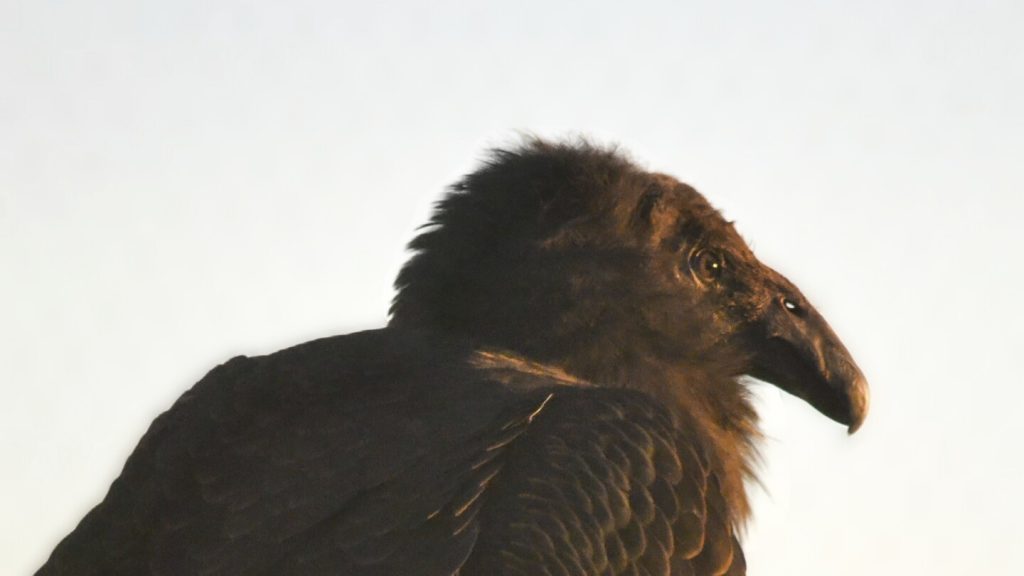This past weekend, three endangered California condors, including Milagra, were released into the wild near the Grand Canyon in an effort to help increase their population. Milagra, whose name means miracle in Spanish, was rescued and hatched in captivity after her biological parents succumbed to avian flu. The release event was livestreamed by The Peregrine Fund and the Bureau of Land Management to showcase the success of the condor recovery program. Condors have been released into the wild at Vermilion Cliffs National Monument since 1996, but the program was paused last year due to the bird flu outbreak that killed 21 condors in the Utah-Arizona flock.
The California condor, the largest land bird in North America with a wingspan of 9.5 feet, has been protected as an endangered species since 1967. Today, there are estimated to be around 360 condors living in the wild, with most residing in California. The release of Milagra and the other condors this year is particularly significant following the losses from the bird flu outbreak in 2023. The recovery of the California condor population is seen as a miraculous feat by many conservationists, given their previous critical status. The release event aimed to inspire people worldwide and highlight the success of collaborative conservation efforts.
Milagra’s journey symbolizes the success of the captive breeding program, which was initiated about 40 years ago when the condor population dropped to fewer than two dozen. The first California condors were brought into the program with the goal of preventing their extinction. Milagra’s foster parents were part of this breeding program, with her foster father hatching in the wild in 1983 and becoming one of the first condors to be raised in captivity. The breeding program has since expanded with the help of various zoos across the country, enabling the release of captive-bred condors back into the wild.
Milagra’s rescue and hatching in captivity underscore the dedication of conservationists and biologists in ensuring the survival of the California condor species. After being rescued as an egg, Milagra tested negative for avian flu and was taken to a breeding facility in Idaho, where she was raised by her foster parents. Her foster father has sired numerous young condors and played a crucial role in helping raise nestlings in captivity. Milagra, like other condors in the wild today, is a product of the breeding program that has been instrumental in increasing the population of these endangered birds.
The release of Milagra and the other condors from this year’s graduating class signifies a triumph for all those involved in their care and conservation. The biologists, recovery partners, volunteers, and others who have dedicated their time to the recovery of the California condor population celebrate the success of releasing these birds back into the wild. Milagra’s journey, from being rescued as an egg to taking flight in the wild, highlights the resilience and perseverance of the California condor species. The livestreamed release event served as a reminder of the importance of collaborative efforts in wildlife conservation and the ongoing commitment to preserving endangered species like the California condor.


